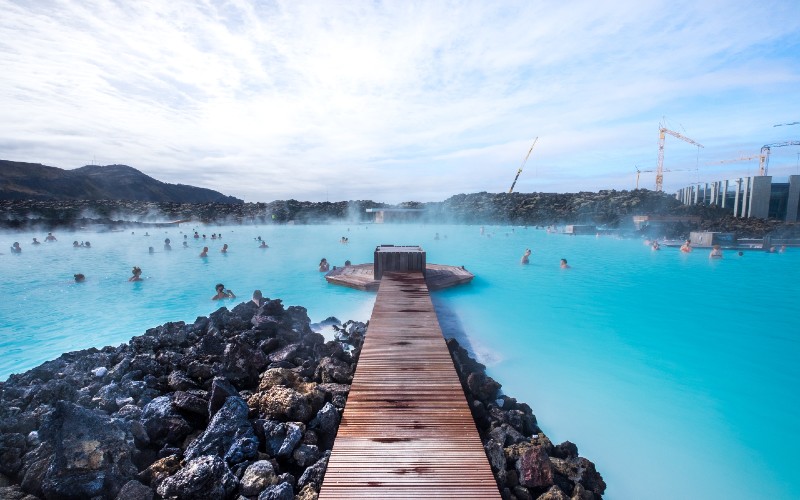
I had the luck and the opportunity, in March 2017, to embark on a journey I had been dreaming of for almost 20 years. A journey that one could describe as a once-in-a-lifetime experience. I will share with you this travelogue through the Land of Ice, focusing primarily on the country's unique dietary characteristics and culinary surprises. Off we go to Iceland then, located just south of the North Pole, a land whose unique and wild beauty is, in a word, breathtaking! The photos that accompany this article come from my personal album. Follow me...
Iceland is the closest country in Europe where one has the opportunity to witness the great marine mammals of the ocean in action — that is, orcas and of course, whales. The first thing you need to do is find an available icebreaker ship that offers guided tours. From that point on, you must make sure to equip yourself—mandatory—with a thermal waterproof suit to protect you from the polar cold during the tour among the icebergs, and optionally, with your camera.
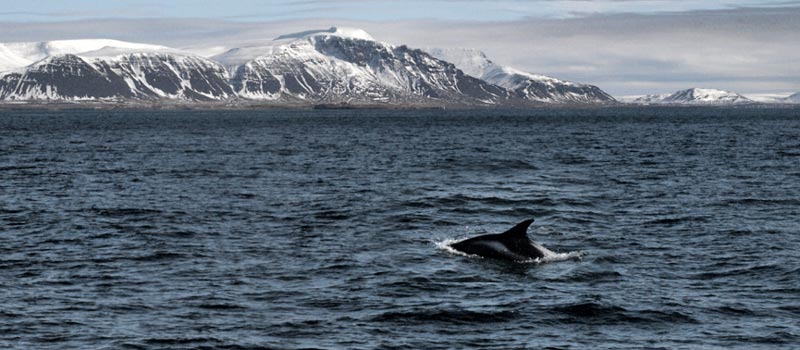
Finally, just hope that luck is on your side and that the marine wildlife of the North Atlantic rewards you with its presence and activity. I chose a relatively sunny day for this excursion, equipped myself with all of the above, and I was lucky!
Beyond the amazing experience at sea, Reykjavik is a capital city with much to teach and offer its visitors. Sparsely populated and picturesque, like a large fishing village of 220,000 residents, it is exposed to the polar sun, which stays low in the sky all day long. Despite the low temperatures and unpredictable weather (there wasn’t a single day without snowfall!), it is a city of happy residents and happy tourists.
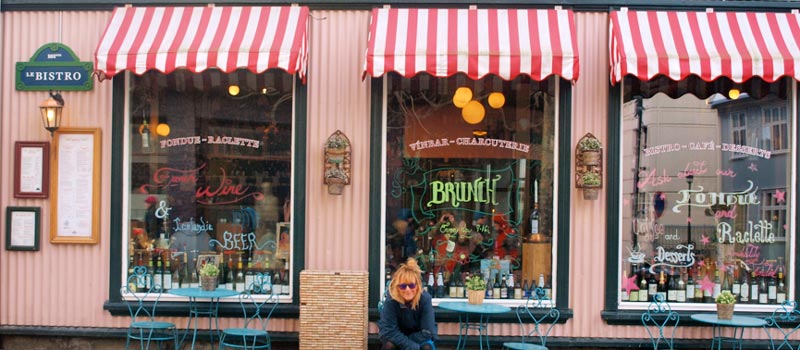
One of the first alcoholic beverages you'll come across —and should definitely try— is Icelandic beer. Like everything in life, beer is a matter of personal taste. I recommend sampling all the varieties recommended to you at the pubs—after all, they only promote local brews. But if, within the context of this gastronomic guide, I had to recommend just one, it would be the award-winning Icelandic beer GULL.
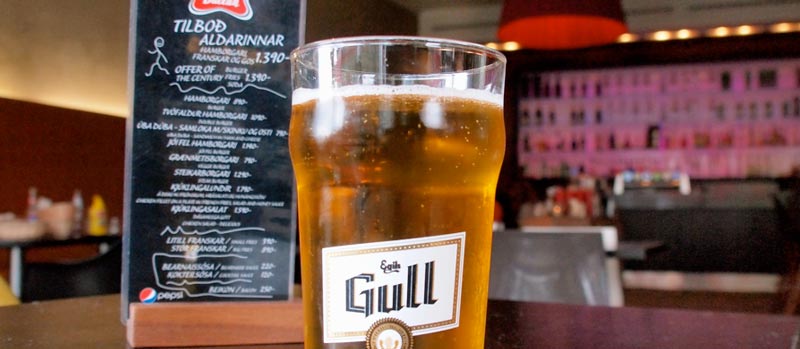
That’s how the Greek saying goes—and if it’s a saying, there must be some truth to it! After all, the ideal match for beer is something to nibble on! But let me insert a quick parenthesis first: from the very moment you land in Iceland, you’ll quickly learn one thing—that everything in this country is extremely expensive. Iceland officially ranks as the 4th most expensive country in the world, and that, if nothing else, is hard to ignore! Its currency is the Icelandic Krona (ISK). Roughly speaking, everything costs 3 to 4 times more than the average price of the same goods or services (whether purchased or rented) in Greece. From a bottle of water to a full meal at a restaurant, and from a postcard to a hotel room.
Fortunately, though, there’s one thing that’s relatively affordable—dare I say significantly cheaper—even compared to Greece! What is it? The cost of eating out when it comes to fish and seafood. And that’s not so surprising if you consider that Iceland exports tens of thousands of tons of fish every year. It’s an opportunity you simply shouldn’t miss! Don’t forget, fish and seafood there are incredibly fresh—shrimp, salmon, cod, whale, shark, and more.
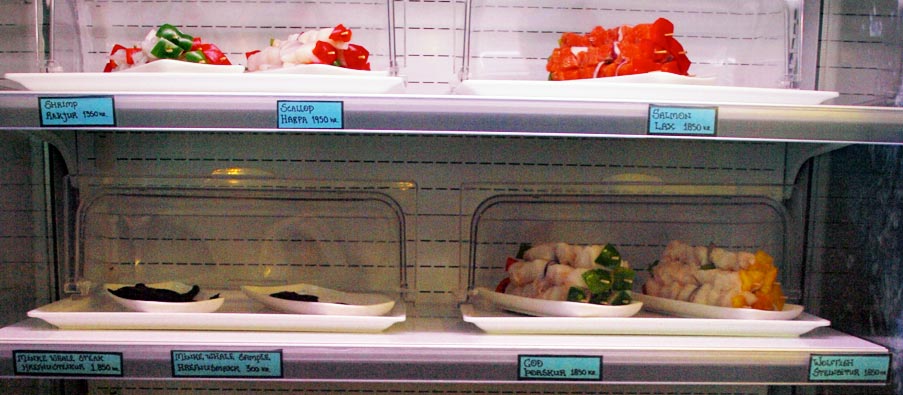
So, eat as much fish as you can handle — and by all means, do not miss the chance to try Icelandic salmon. No matter how many times you’ve had salmon before, that first bite of fresh ocean salmon is an indescribable gastronomic delight — an experience you absolutely must not miss! As for me, I’ll be honest: for emotional reasons, I didn’t try whale. I’ll just leave it at that.
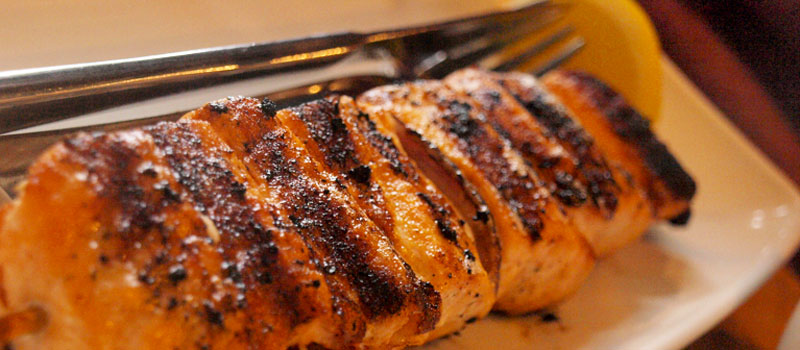
Even though I went to Iceland fully convinced that nothing and no one would make me skip salmon from my daily meals, I was happily proven wrong — by my own choice — on the very first day! Everywhere I went — in restaurants, street stalls, even roadside canteens — I kept seeing little signs that read: “Lobster soup to warm your soul.” And let me tell you, a promise like that doesn’t go unnoticed in the freezing cold of Iceland. Lobster soup it was — with a truly generous portion of lobster, absolutely delicious (and that’s an understatement), made with the traditional Eskimo recipe that truly delivers on its promise: to warm your soul! I wholeheartedly recommend it for breakfast! Trust me — you’ll thank me later…
In Iceland, the level of food quality is very high — a fact that at least partly justifies the price you pay. This holds true whether you're dining at a restaurant, grabbing something from a street food stand (like fresh salmon croquettes), or sticking to a tight budget that requires a trip to the supermarket for some basic supplies. Don't hesitate if that's the case. High quality is also found in Icelandic bakeries. The desserts are all incredibly fresh, delicious, and beautifully presented — so much so that, in a way, it's a good thing they're so expensive!
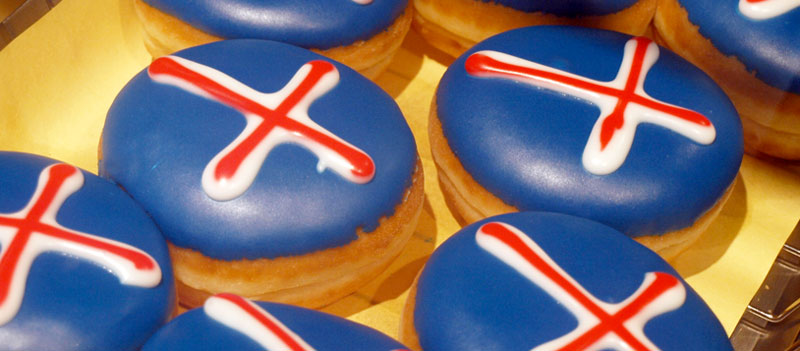
Both in Reykjavik and across the countryside, you’ll come across wonderful pubs with a warm atmosphere and friendly Icelanders eager for a chat. If you see a place and you're not quite sure what it is, what it serves, or whether you’re allowed to go in, then chances are, it’s a pub — modest and unassuming from the outside, but completely surprising and cozy on the inside. As a sign, look for a small sign that says “Kaffi Og Te” (which means “coffee and tea”) — that’s your cue that you’re welcome to enter! Tea is a great comfort during your strolls in the polar temperatures, and it’s served generously everywhere — in museums, galleries, even shops! Forget about brand-name teas you might be familiar with — I didn’t recognize a single one — and simply surrender to the pleasure of it. Unfortunately, honey is not popular at all among Icelanders (understandably so, considering the lack of flowers and bees on the glaciers…), and you won’t find it anywhere.
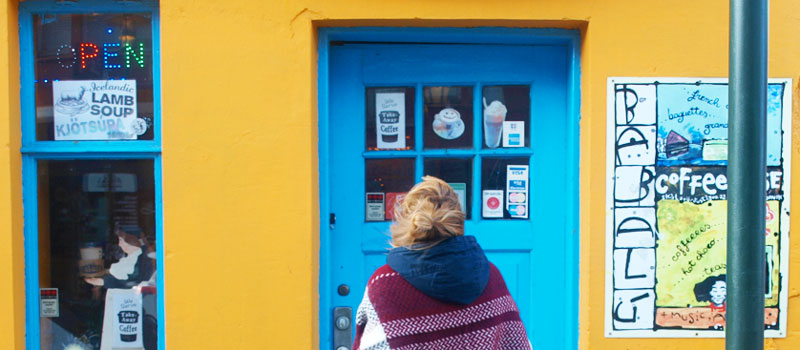
If you have a dream like I did to make this trip, you are undoubtedly already aware that in Iceland, besides the breathtaking landscapes and its culture, you can witness two of the 25 natural wonders of our planet. One of these two is the Blue Lagoon, a geothermal lake formed in a volcanic field near one of the many active volcanic craters on the island. The temperature of the lagoon ranges between 37°C and 75°C and the entire volume of water is recycled every two days. Swimming there is a truly unique experience! Personally, I chose to swim at night while it was snowing relentlessly around me.
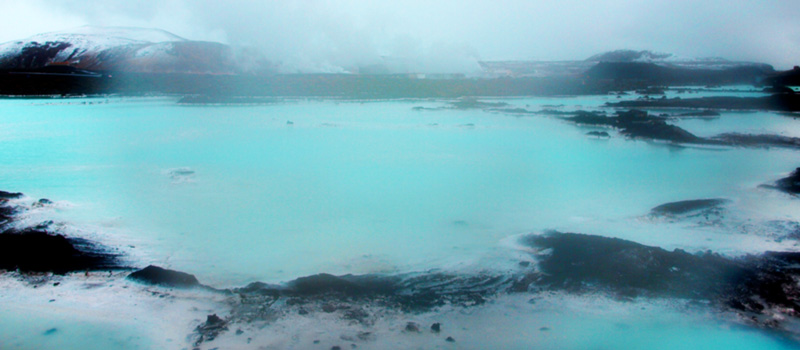
Without harming the natural landscape and within the facilities built to accommodate the limited number of visitors to the lagoon (you need to make sure to book your visit for a specific day, time, and duration many weeks in advance), there is also a bar inside the lagoon. This bar serves almost everything, but I preferred to drink something refreshing and cool—and of course Icelandic. That was the so-called Skyr Smoothie (available in various flavors besides the natural one, such as banana, strawberry, kiwi, etc.). Skyr is a particularly tasty dairy product made exclusively in Iceland, with a creamy texture somewhat similar in taste to yogurt, high in protein content, and fat-free (0% fat).
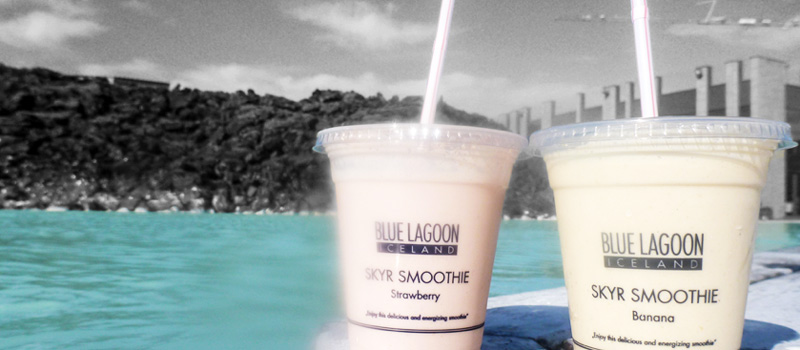
To conclude this journey, which as I promised would not be just a gastronomic guide but something more, I will make a brief mention of the second of the two natural wonders that one can (weather and luck permitting) see in Iceland. This is none other than the Northern Lights, or Aurora Borealis, simply the most mesmerizing and spectacular natural display.
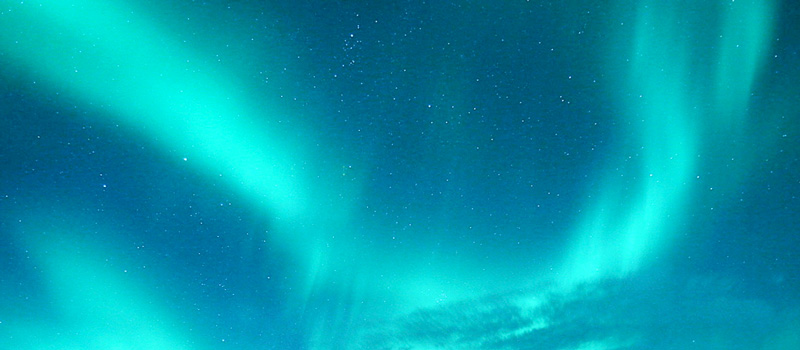
If in your mind Iceland promises a trip of a lifetime, rest assured that if you finally travel to this edge of the world, you will be rewarded! With all your senses, body, and mind. Be absolutely certain!
Source: Mednutrition.gr